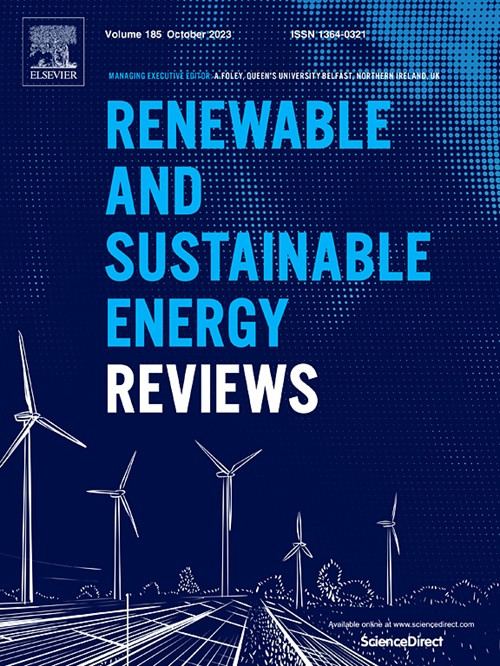混合溶剂萃取精馏分离共沸物绿色节能工艺优化与动态控制
IF 16.3
1区 工程技术
Q1 ENERGY & FUELS
引用次数: 0
摘要
萃取精馏(ED)是一种通过添加溶剂分离共沸物的有效方法,其中溶剂会影响分离过程的性能。为了提高ED工艺的经济性和环保性,不同种类的混合溶剂近年来受到了学者们的广泛关注。本文从混合溶剂对ED的影响出发,讨论了不同类型混合溶剂工艺的工艺设计、工艺节能和动态控制。此外,介绍了混合溶剂组成的计算机辅助筛选模型,热力学模型类导体筛选模型(COSMO)可以从微观角度分析溶剂与共沸体系的相互作用机理,在选择混合溶剂时具有准确性和效率的优点,为溶剂筛选提供了新的思路。此外,针对目前混合溶剂存在的问题,提出了一种价格合理、毒性较低的深共晶绿色溶剂作为混合溶剂的组成部分。对混合溶剂ED的未来发展方向进行了展望。本文章由计算机程序翻译,如有差异,请以英文原文为准。
Optimization and dynamic control of green energy-saving process for azeotropes separation by mixed solvent extractive distillation
Extractive distillation (ED) is an effective method by adding solvents to separate azeotropes, where solvents can affect the separation performance of the process. In order to improve the economic and environmental performance of the ED process, different kinds of mixed solvents have been widely concerned by scholars in recent years. In this work, from the effect of mixed solvents on ED, the process design, process energy saving and dynamic control of different types of mixed solvent technology are discussed. In addition, the computer-assisted screening model of the composition of mixed solvents is introduced, and the thermodynamic model Conductor-like Screening Model (COSMO) can analyze the interaction mechanism of solvents and azeotropic system from a microscopic point of view, it has the advantages of accuracy and efficiency in selecting mixed solvents, which provides a new idea for solvent screening. Furthermore, a new green solvent with deep eutectic solvents that is affordable and less toxic is proposed as a component of the mixed solvent in view of the problems existing in the current mixed solvents. The research provides an outlook on the future development direction of mixed solvent ED.
求助全文
通过发布文献求助,成功后即可免费获取论文全文。
去求助
来源期刊

Renewable and Sustainable Energy Reviews
工程技术-能源与燃料
CiteScore
31.20
自引率
5.70%
发文量
1055
审稿时长
62 days
期刊介绍:
The mission of Renewable and Sustainable Energy Reviews is to disseminate the most compelling and pertinent critical insights in renewable and sustainable energy, fostering collaboration among the research community, private sector, and policy and decision makers. The journal aims to exchange challenges, solutions, innovative concepts, and technologies, contributing to sustainable development, the transition to a low-carbon future, and the attainment of emissions targets outlined by the United Nations Framework Convention on Climate Change.
Renewable and Sustainable Energy Reviews publishes a diverse range of content, including review papers, original research, case studies, and analyses of new technologies, all featuring a substantial review component such as critique, comparison, or analysis. Introducing a distinctive paper type, Expert Insights, the journal presents commissioned mini-reviews authored by field leaders, addressing topics of significant interest. Case studies undergo consideration only if they showcase the work's applicability to other regions or contribute valuable insights to the broader field of renewable and sustainable energy. Notably, a bibliographic or literature review lacking critical analysis is deemed unsuitable for publication.
 求助内容:
求助内容: 应助结果提醒方式:
应助结果提醒方式:


